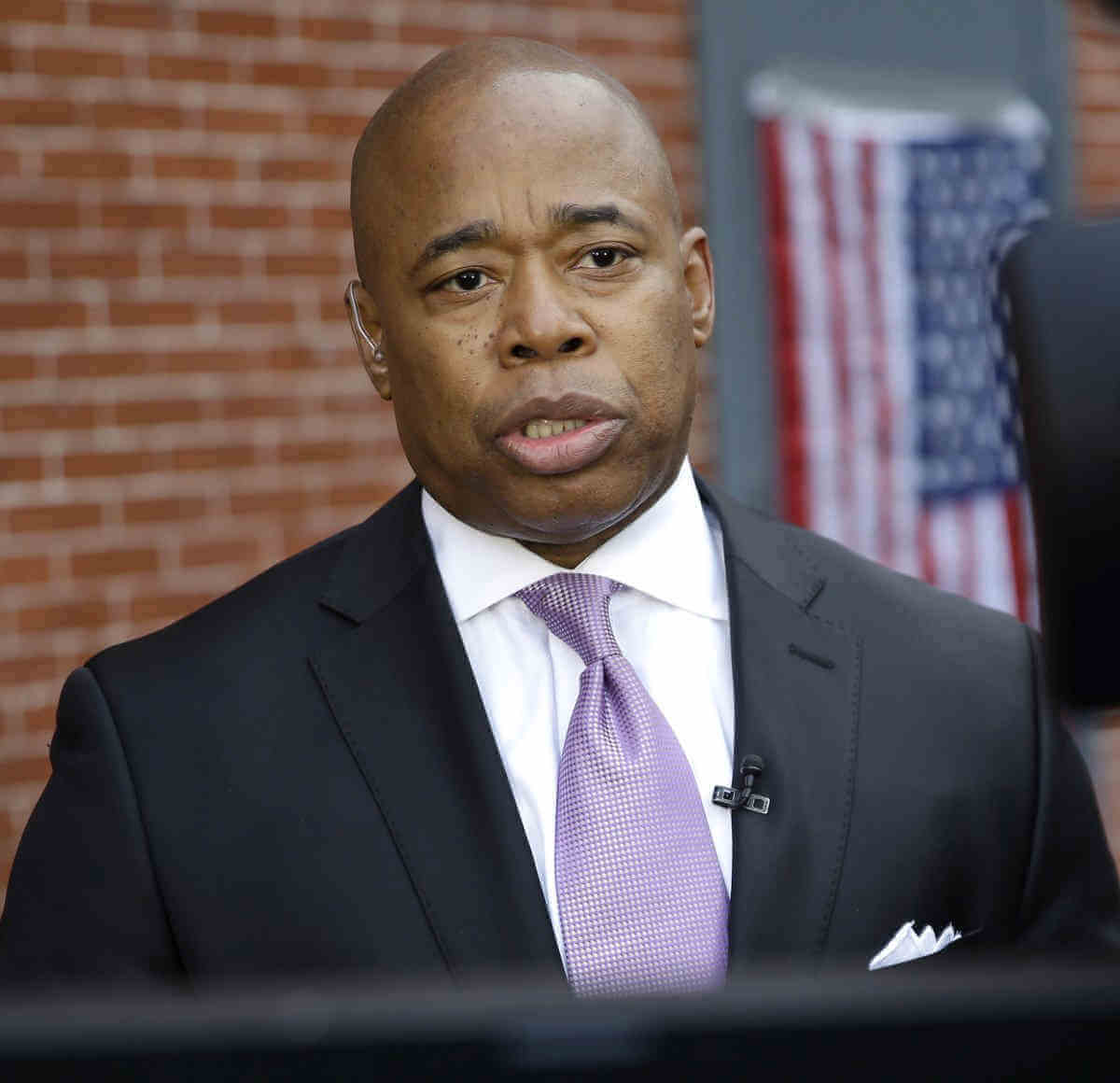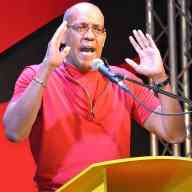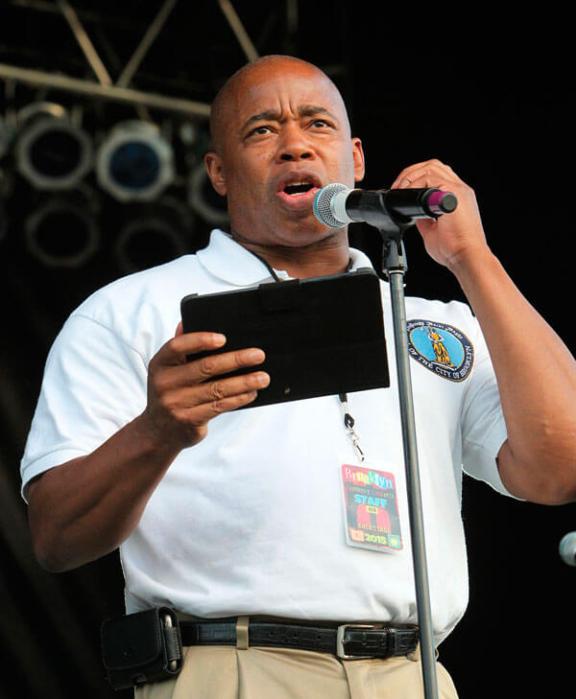In the days since I spoke at the ribbon cutting for Stonewall House, the concerns shared by most of my friends and allies in the LGBTQ community can be summed up by that sentiment. Contentions have been raised by my sharing intense remarks during a joyous occasion. I agree it’s uncomfortable to hear tough truths at celebratory events. Activists like Essex Hemphill, Marsha P. Johnson, Marlon Riggs, and Sylvia Rivera knew this well when they forced generations before us to lean into our discomfort and face challenges. We should remember these heroes and the example they set of bold, unapologetic advocacy.
I recall the discomfort as a young NYPD officer standing with the Gay Officers Action League (GOAL) as we pushed for equality within the department. That same discomfort was present during the fight for marriage equality in Albany — numerous meetings and celebrations were disrupted then by people who knew they were fighting for what was right.
Community residents who spoke to me before my remarks, and have spoken to me since, said they feel this new building is not for them. While they were forced to live in substandard conditions, with rats scurrying around their apartments and toxic mold blooming, they watched as a nice building went up a block away. This is a pain we must collectively speak to and resolve. That Stonewall House also includes a new community center makes it particularly concerning that some community residents feel they are on the outside looking in.
Stonewall House sits on the campus of NYCHA’s Ingersoll Houses in a historically majority-Black neighborhood that’s experienced rapid gentrification. Seventy-seven percent of Stonewall House residents are Black, Latino, or Asian. Ninety-five percent of NYCHA residents are Black, Latino, or Asian. Just one third of the building’s units will go to NYCHA residents. I think we can do better, and I’m not alone.
SAGE deserves credit for making this project possible. I acknowledged the importance of this milestone moment in my remarks and acknowledge it today, given the significant discrimination our LGBTQ+ seniors have faced. The issues I raise here are not about SAGE or its good work. There’s a larger conversation taking place about housing insecurity facing New Yorkers of every age, race, and identity, and there’s a broader responsibility the city has on land it controls.
NYCHA is in the process of building infill projects like Stonewall House on a number of developments under its NextGen 2.0 plan, hoping to raise $2 billion to fund part of its massive capital needs. Many residents don’t trust that the City will keep its word, and they don’t know if, let alone when, the benefits promised from infill will materialize. There’s more the City can and should mandate on projects for City-owned land. We need stronger commitments to local community district preference, and more detail in housing lottery marketing plans laid out in land disposition agreements will ensure greater equity in limited opportunities.
Additionally, we all need to raise our voices to demand NYCHA be more proactively responsive to the repair needs that residents face right now. We must develop a real-time approach to combat this crisis.
I would not and will never pit one community against another. It’s particularly unthinkable to pit our communities of color against our LGBTQ+ community, especially when these communities are intertwined. In 2016, the Williams Institute reported that 42 percent of people in our state who personally identify as LGBTQ+ are people of color. LGBTQ+ people of color have long confronted twice the cultural stigma and a fraction of the resources for their crises, including in the fight against HIV and AIDS.
As someone who’s spent his life in communities like Fort Greene — first as a lieutenant in the 88th Precinct, now as the first Black borough president — I know the raw pain people experience when they feel they are being neglected or left out. I’m speaking to that pain. I also know we’re going to need more LGBTQ-friendly senior housing like Stonewall House across the five boroughs. I feel passionate about ensuring we get it right for everyone involved.

























